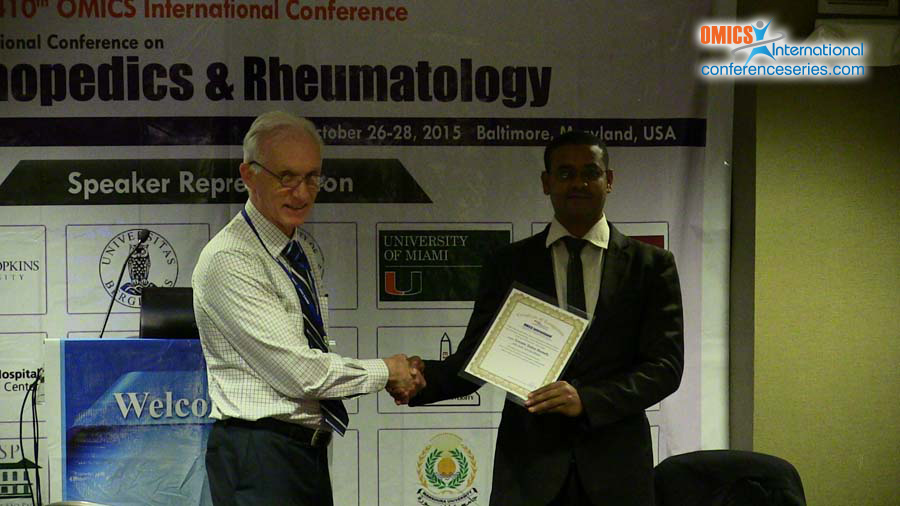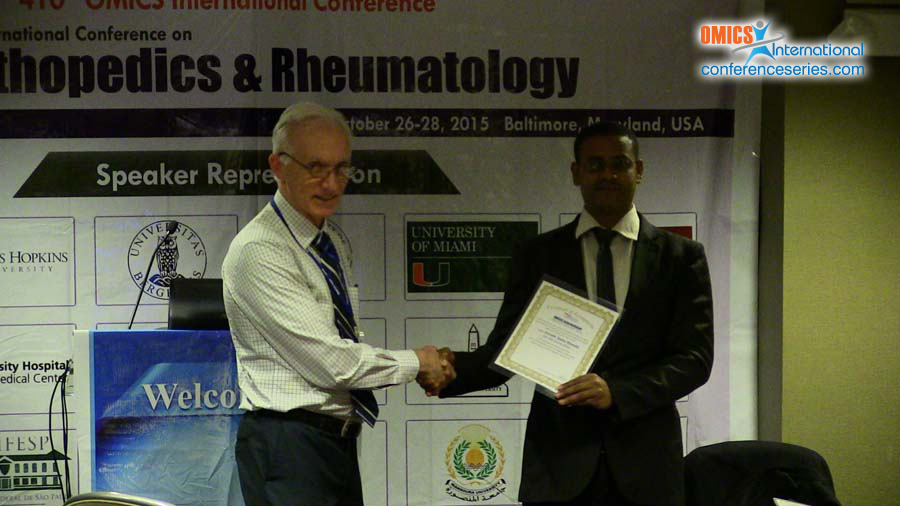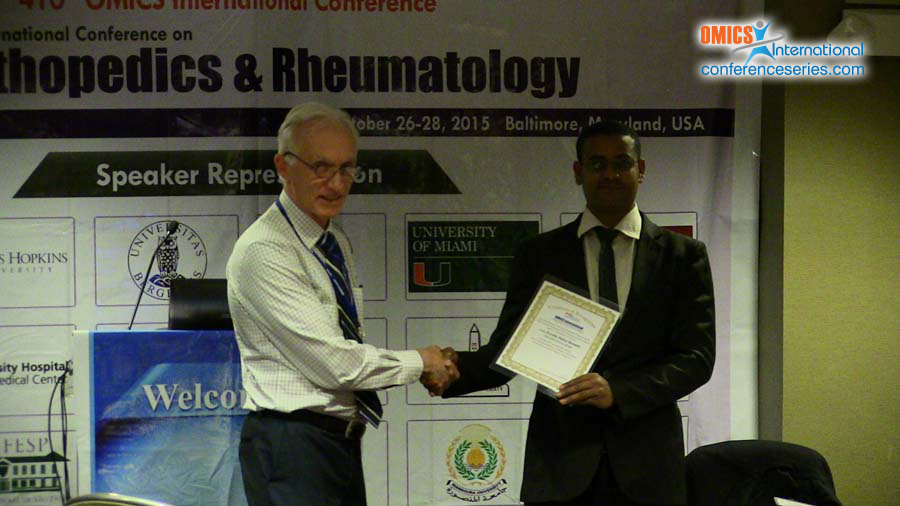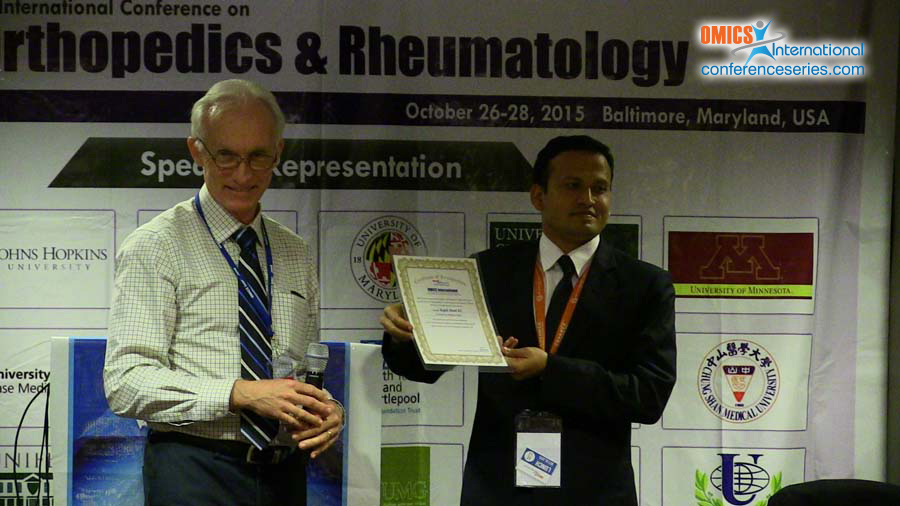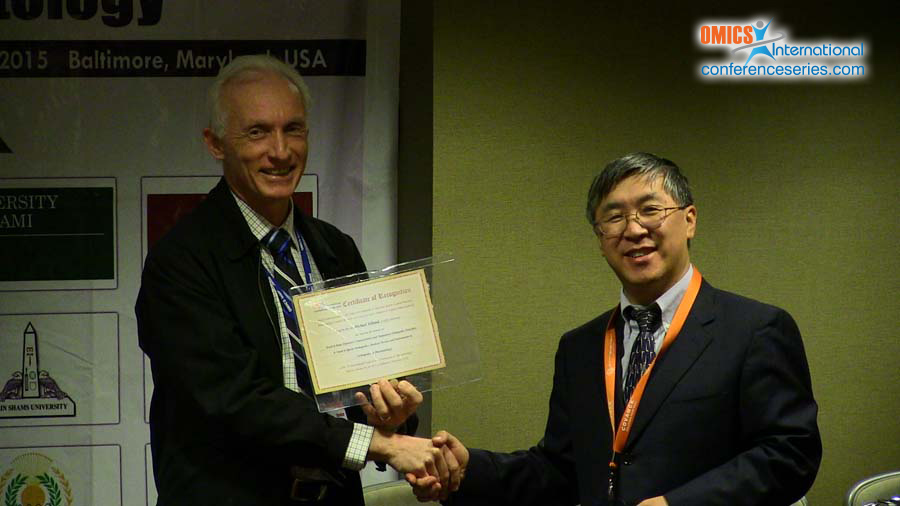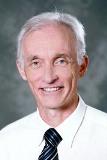
Michael Yelland
Griffith University, Australia
Title: Randomized clinical trial of prolotherapy injections and an exercise program used singly and in combination for refractory tennis elbow
Biography
Biography: Michael Yelland
Abstract
Lateral epicondylosis (LE, \"tennis elbow\") is a common, debilitating and expensive tendinopathy of the lateral elbow resistant to many treatments. Two treatment programs addressing the pathology of LE with preliminary evidence of efficacy are hypertonic glucose+lignocaine injections (prolotherapy, PrT) and an elbow joint mobilization and concentric/eccentric exercise guided by a physiotherapist (P/E). This presentation compares the clinical and disease modifying effectiveness, cost-effectiveness and acceptability of prolotherapy (PrT) injections with a physiotherapy/exercise (P/E) program used singly and in combination. It describes a three-arm RCT in which adults with moderate to severe LE were randomly assigned to PrT, P/E or PrT + P/E, with 40/group. Primary outcomes of their patient-rated tennis elbow evaluation score and global improvement were followed up at 6, 12, 26 and 52 weeks along with pain severity, recurrence, objective biomechanical measures and costs. Structural and biomechanical changes were followed with serial ultrasounds. Recruitment of 120 participants from 204 clinical assessments was completed in June 2014 with completion of 52 week follow-up due in June 2015. Follow-up rates to date have ranged from 82% to 90%. Baseline characteristics for each group were similar. Blinded analysis of results will be completed by August 2015. This trial should provide valuable evidence to inform practitioners in their choice of the most appropriate treatment of their patients with refractory LE, potentially providing substantial benefits to patients, industry and society. The correlation of clinical, biomechanical and ultrasound outcomes will inform the mechanisms of action of these treatments.

